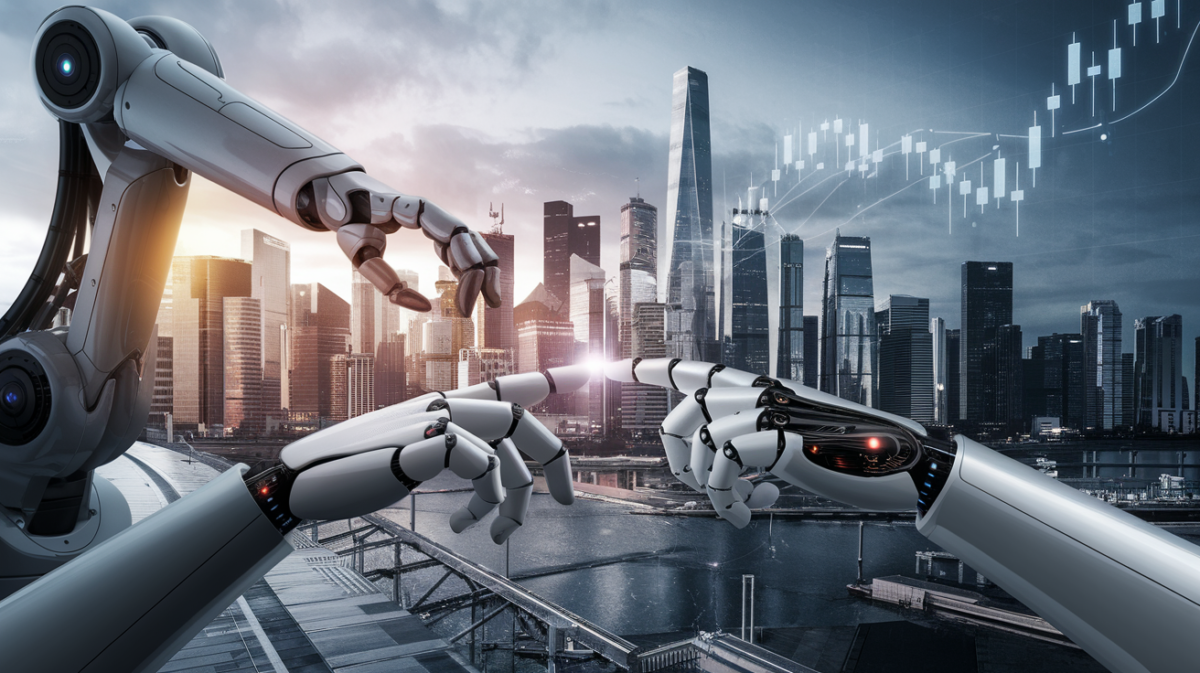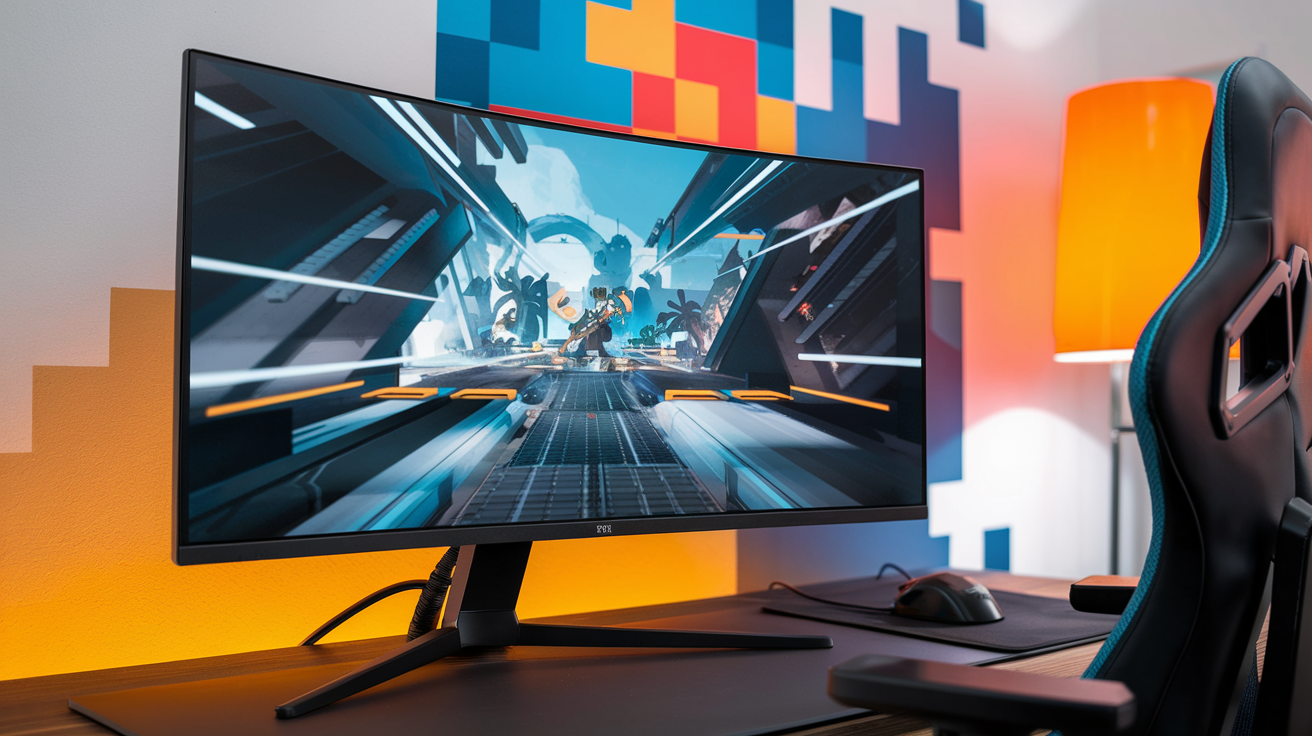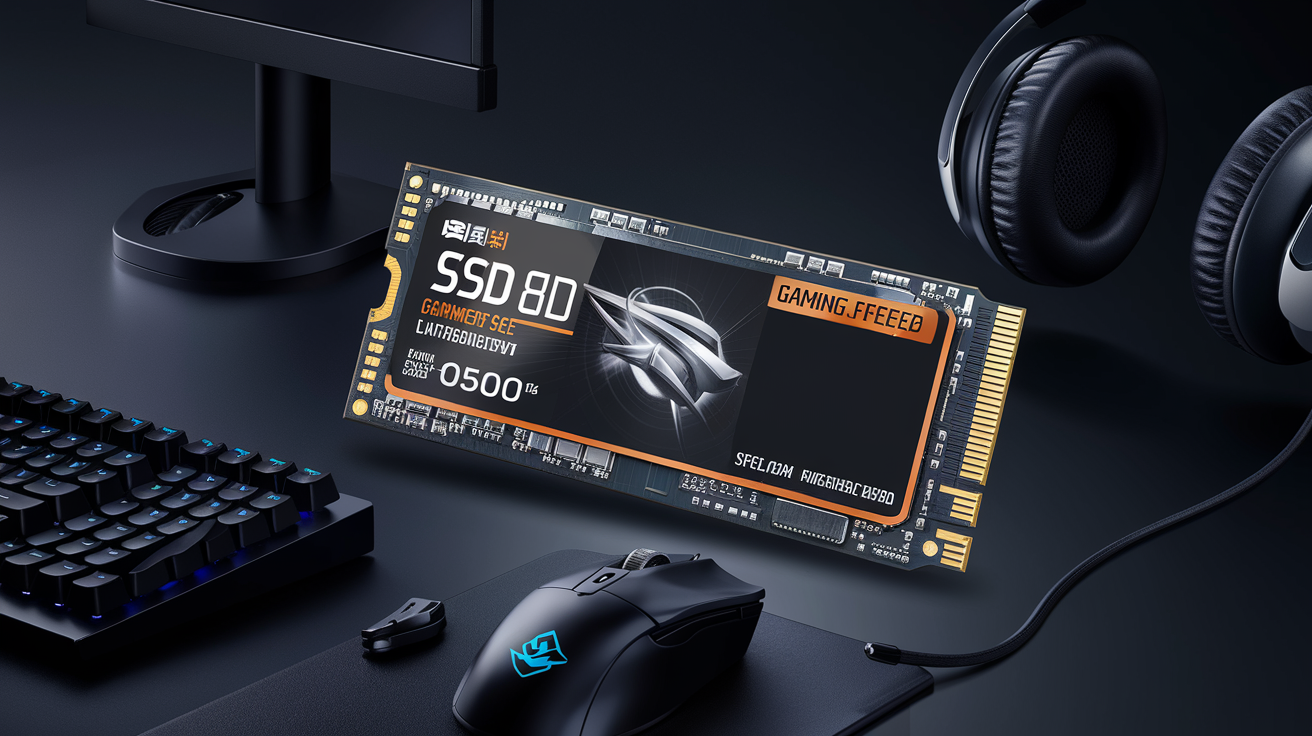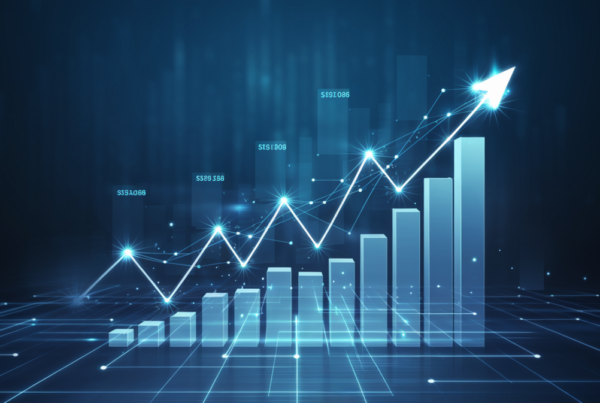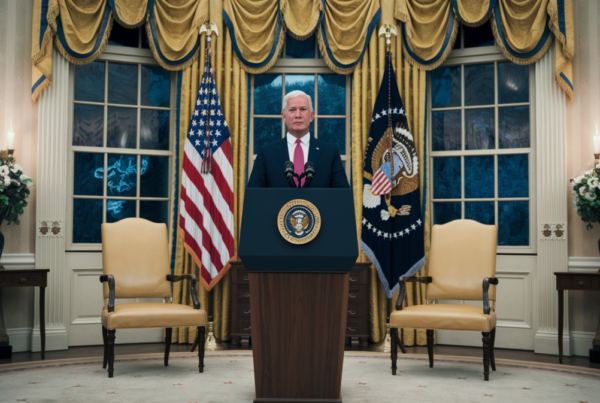The rapid advancement of artificial intelligence (AI) is reshaping the global economy in unprecedented ways. While AI-driven innovations are fueling stock market rallies, they are also accelerating job losses across multiple industries. This dual impact has sparked debates about the future of work and the role of technology in society.
AI’s Role in Stock Market Growth
Companies integrating AI into their operations are reaping significant financial rewards, driving stock prices higher. Here’s how AI is transforming the market:
- Enhanced Efficiency: AI automates repetitive tasks, reducing costs and boosting productivity. For example, Tesla’s AI-powered self-driving technology has not only revolutionized transportation but also strengthened its market position.
- Innovation in Robotics: Industrial robotics firms like Japan’s FANUC and Yaskawa Electric are thriving as AI enhances their capabilities, making them key players in the global market.
- Profitability: Businesses leveraging AI report higher profit margins, attracting investors and driving stock rallies.
The Dark Side: AI-Induced Job Losses
While AI is a boon for investors, it is a growing concern for workers. Here’s why:
- Banking Sector: AI is automating roles in finance, with estimates suggesting over 200,000 jobs could disappear on Wall Street alone.
- Tech Industry Layoffs: Companies like Microsoft and Google are cutting jobs, citing AI-driven efficiency gains. Microsoft recently reduced its workforce by 3%, while Google’s YouTube division laid off 100 employees to adopt AI automation.
- Public Anxiety: Online forums are buzzing with fears that AI will outperform humans in many jobs, leading to widespread unemployment.
Technological Unemployment: A Historical Perspective
This isn’t the first time technology has disrupted employment. The term “technological unemployment” refers to job losses caused by automation. Historically, new industries eventually absorbed displaced workers, but the speed of AI adoption raises questions:
- Past Examples: The Industrial Revolution eliminated many manual jobs but created new ones in manufacturing.
- Current Challenge: AI is evolving faster than workers can adapt, leaving many unsure about their future.
AI vs. Human Jobs: A Comparison
Here’s a look at how AI stacks up against human labor in key areas:
| Factor | AI | Humans |
|---|---|---|
| Speed | Faster at processing data | Slower but more nuanced |
| Cost | Lower long-term costs | Higher wages and benefits |
| Creativity | Limited to programmed tasks | High adaptability and innovation |
Navigating the Future
The rise of AI presents both opportunities and challenges. To mitigate job losses, experts recommend:
- Reskilling Programs: Governments and businesses must invest in training workers for AI-driven roles.
- Policy Interventions: Regulations could ensure a fair transition, such as universal basic income or job guarantees.
- Public Awareness: Educating workers about AI’s impact can help them prepare for changes.
Conclusion
The stock market’s enthusiasm for AI contrasts sharply with the anxiety of workers facing job displacement. While AI promises efficiency and growth, its societal impact cannot be ignored. The path forward requires balancing innovation with measures to protect livelihoods, ensuring that progress benefits everyone.

